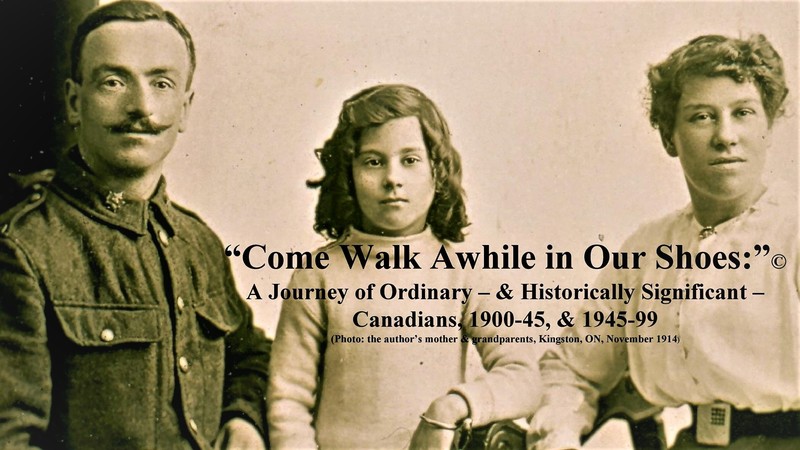The Cenotaph Project
The Cenotaph Project is an engaging activity that gives students an opportunity to get to know the individual men and women who served, and potentially died, in wartime. Begun by Ontario teacher Blake Seward, teachers and students nationwide have undertaken this project. The document below serves as a step-by-step guide.

 Créé par
Créé par